Human enhancement technologies. What are examples of human enhancement technologies? What are future augment technologies? Incl. definition, benefits & risks
Technology human enhancement
Human Enhancement is about the use of science and technologies to upgrade, enhance and/or change human capabilities and functions. On my YouTube channel I made this video to explain this term, examples of technologies, and its implications:
Human Enhancement Examples
I describe the following methods and applications in this article, with the use of examples and cases:
- Bioelectronics;
- Senses
- Brain interventions
- Bionic;
- Exoskeleton;
- Genetic modification;
- Pharmaceuticals.
I elaborate on the methods below.
By the way, I have written an extensive article what is human enhancement, ethics, and research.
1. Bioelectronics
Bioelectronics is about adding electronic devices or replacements to the body. This refers to internal devices and to devices that are permanently connected to the body, such as a piercing. That’s different from a temporary electronic application that’s connected to the body, such as an exoskeleton.
There are various types of bioelectronics available, which I will describe in the following paragraphs. Bioelectronic devices aren’t uncommon in the medical sector either; take pacemakers for example, or hearing and seeing aids, which I will discuss a bit later on.
2. Senses
A Canadian named Jens Naumann lost his sight when he was 20, due to two separate accidents [link at the bottom]. In 2002, he signed up as a volunteer for researcher William Dobelle. The prosthesis that was developed by Dobelle works as follows. Jens wore a pair of glasses that had a small camera mounted on the frame. The images captured by the camera were converted into electrical pulses, which connected to his virtual cortex through a hole in his skull. He was the first ever person in the world to have bionic eyes.
A more recent example is Jeroen Perk, a Dutch man who had completely lost his sight due to a genetic disease. During a medical procedure that took 4 hours, a highly advanced chip was placed on his retina. As the connection between his retina and his visual cortex was still intact, he was eligible for a chip produced by the American manufacturer Second Sight. Now he can see 60 pixels. In an article in Dutch daily De Volkskrant, he stated: ‘I can suddenly see contours and pretty lights again, it’s amazing.’
‘I can suddenly see contours and pretty lights again, it’s amazing.’
Jeroen Perk
The chip is connected to a pair of glasses with a small camera. A computer that he carries with him, as big as an old camera, converts the images to signals that are wirelessly transmitted to the chip. The chip then converts the pulses to the brain, via the intact optic nerve, which results in Perk being able to see pixels.
Ears
Inserting electronic devices to restore people’s hearing isn’t just a modern occurrence. The first operation with cochlear implants took place in 1982. These implants have the ability to take over the function of the sensory cells in the inner ear, and electronically stimulate the auditory nerve [link at the bottom]. A cochlear implant consists of an external part and an internal part that is implanted in the inner ear (the cochlea).
Neil Harbisson’s case [link and video interview at the bottom] presents an interesting mix or blending of sight and hearing. He was born color-blind, but is now able to hear colours using a brain implant. What’s extraordinary about this is that he can’t just hear the spectrum of colors that healthy people can see, but is also able to hear colors such as infrared and ultraviolet.
Speech
The examples of visual aids and hearing devices have to do with how we receive signals. But this type of technology can also be applied to patients that need help with their speech capabilities. One of the best-known examples of this, is the late physicist Stephen Hawking. He could move a cursor around using jaw movements, and by doing so he could create words and sentences on a computer. Speech software then translated this into sound [link at the bottom].
Currently, scientists are doing research into transferring data from electrodes placed in the brain, and then using the data as input for speech software. According to researcher Nima Mesgarani of Columbia University (United States), it’s definitely not easy to map neurological activity and translate this into speech. In an article in Science Magazine she states: ‘The process and the patterns differ per patient. Computer models must be “trained” on each individual. We’re using artificial intelligence for this.’ [link at the bottom].
Qualia
The examples I just discussed, concerning vision, hearing and speech, are about restoring the capabilities we already have as human beings. But what about acquiring new sensory abilities? Is that possible? Neuroscientist David Eagleman wrote an article on Wired about qualia [link at the bottom]. Qualia are qualitative characteristics of perception, such as taste and color.
Eagleman writes that the brain does not distinguish between signals from the ears, eyes or touch. To the brain, they’re all perceived as electrical signals, and it is difficult to distinguish between visual, auditory or kinetic signals. Another characteristic of the brain is that it’s neuroplastic, i.e. it can adapt itself. For example, it turns out that in people who go blind, the part of the brain known as the visual cortex gets taken over by touch and hearing.
How our brain converts electrical signals into sight, sound or touch is determined by the structure of the data. For example, the two-dimensional signals from the retina are different from the one-dimensional signals sent by our inner ear – and, in turn, from the multidimensional signals transmitted by the receptors in our fingertips.
New senses
That also allows us to play around with our senses. For example, Eagleman predicts that it won’t be long before we can introduce new types of data streams into the brain. As an example, he suggests that you could experience the height, movement, balance, speed and balance of a drone in your brain.
This could be done in two ways: either by directly inserting electrodes into the brain, or by using non-invasive methods. For instance, Eagleman’s company NeoSensory is working on wristbands and vests to translate data such as image and sound into vibrations [link at the bottom].
3. Brain interventions
What about electronics and technologies concerning the brain? These are possibilities to upgrade the brain.
Take for example the work of biomedical engineer Theodore Berger [link at the bottom]. Together with an international team of experts in neuroscience, cognitive psychology, molecular biology, biomedical engineering, computer science and materials science, Berger is working to create replacement parts for the brain. For example, the team is currently working on a neural prosthesis to replace the hippocampus – a small organ in the brain, shaped like a seahorse, which plays an important role in converting our short-term experiences into long-term memories. In 2011, the chip was successfully tested on rats.
Berger: ‘Turn the switch on, the rat has the memory; turn it off and they don’t.’ This is the first time it’s been demonstrated that a chip is capable of restoring, and even improving, the cognitive and mnemonic processes of forming memories. The team of researchers, led by Berger, hopes that the first clinical trials among humans will take place in 2025.
Interpreting brain activity
Most of the methods I just described are considered ‘invasive’, which means that a part of the skull has to be removed to carry them out. These interventions are often difficult, messy, expensive, and usually leave the patient with a severe trauma.
Therefore, scientists prefer to do research into non-invasive methods. At the moment, the most commonly used method is EEG, which stands for electroencephalography. EEG employs sensors on the outside of the skull to record the brain activity. This can be used in neurofeedback to train the brain [link at the bottom], to name one example, but it can also be used to mind-control games, to measure the quality of your meditation session, or to help you sleep better.
A next step could be to use this for operating equipment and vehicles. A company called Honeywell Aerospace, for example, is testing whether pilots could fly an aircraft using neurotechnology [link at the bottom]. By 2016, the technology had already been developed to a level where a Beechcraft King Air C90 could be operated using brain signals. The system measures and interprets the electrical signals transmitted by the brain, and translates them into steering commands.
Brain stimulation
EEG technology is used to monitor and interpret brain activity. But it’s also possible to intervene in the brain, both through invasive and non-invasive means. An example of an invasive method is Deep Brain Stimulation (DBS). As the name indicates, this method involves electrodes that are permanently placed in certain brain regions. The electrodes are connected to a small device, which sends low electrical currents to the electrodes in a programmed rhythm.
This method was initially developed in France to treat patients with Parkinson’s disease. Nowadays, DBS is successfully used in patients with Parkinson’s as well as other conditions, including severe chronic depression, Tourette’s syndrome and severe obsessive-compulsive disorders.
Non-invasive methods to intervene in the brain are TDCS (transcranial direct current stimulation), TMS (transcranial magnetic stimulation) and optogenetics. As the names suggest, TDCS works by means of electrical stimulation, TMS by magnetic stimulation and optogenetics by light stimulation.
- In TCDS, electrodes are placed on the outside of the skull and a weak electrical current is emitted. Initially, this technology was developed to improve cognitive function. I was interviewed about this technique by Quest magazine [link at the bottom]. Scientists aren’t too sure about the efficacy of this method. Research by Professor Maarten Frens (Erasmus Medical Centre in Rotterdam) shows that genetic predisposition, especially the degree to which you produce the protein BDNF, has a major influence on the extent to which TCDS affects your learning abilities.
- TMS uses small magnetic coils which are placed outside of the skull and target specific brain areas. Programmed magnetic pulses are then transmitted in order to stimulate certain brain regions. In the medical sector, TMS therapy is used in the same types of conditions as DBS is used. In the United States, TMS treatments have been approved by the FDA since 2008.
- Optogenetics is a brain stimulation method that uses light. The light is used to switch the neurons on or off. This technique uses various light-sensitive proteins that occur in nature, such as ChR2, which can be found in algae. Optogenetics is quite a recent scientific discovery; in 2010, Nature magazine declared it the ‘method of the year’ [link at the bottom].
Memory expansion
Theodore Berger, the biomedical engineer I mentioned before, focuses on creating brain prostheses that can take over memory functions in the brain. His ultimate goal is to be able to replace the long-term memory in a human being with an artificial alternative. In an interview, he does emphasize that these technologies won’t enable you to plant memories in someone’s brain, like in movies like Inception or the episode The Entire History of You of the series Black Mirror [link at the bottom]. He states: ‘We’re expanding your brain’s capacity to store things.’
We’re expanding your brain’s capacity to store things
Theodore Berger (biomedical engineer)
Together with his team, he has come up with mathematical equations on how the electrical signals from the neurons in the hippocampus are converted from short to long-term memory.
Brain enhancement
Berger: ‘You don’t have to recreate the entire brain, but can you recreate the essence? The next question is whether we can make a model of this and simulate it in a device. Finally, the last question is whether we can place that device in the brain and connect it to other brain functions.’
Theodore Berger says that his research can help restore normal memory function in people who have lost it, such as Alzheimer’s or Parkinson’s [link at the bottom]. In an interview with Dutch daily newspaper NRC, he states: ‘It is an interesting question whether people should be allowed to decide for themselves if they want to use this technique for brain enhancement purposes. And whether they are equipped to make such decisions about this for themselves. That’s up to ethicists and society.’
Neuralink (Elon Musk)
We’ve talked about expanding your memory, but is it also possible to improve your intelligence with a chip? It will be, according to Elon Musk, about whom I’ve written extensively in my article on Neuralink. He regularly argues in interviews that we, as humans, have to connect our brains to artificial intelligence. It’s no surprise then, that he is also one of the investors in neurotechnology start-up Neuralink.
According to Musk, the biggest challenge lies in bandwidth: how do you set up a fast connection between biological intelligence and artificial intelligence? Will you be able to access the internet directly through your thoughts in the future, e.g. Wikipedia for knowledge, Spotify for music, Netflix for movies and Instagram for your social life?
In an interview, Elon Musk stated that linking human intelligence to artificial intelligence could also lead to a new form of communication. ‘With our current ways of communicating, such as typing, you are limited to 10 bits per second. A computer can communicate at a trillion bits per second.’
If we start using such technologies, humans will also start to communicate with each other differently, perhaps through a kind of telepathy. According to Musk’s utopian vision, this would mean that people could always understand each other, which would lead to more new ideas and fewer conflicts.

4. Bionic
Essentially: replacing body parts with artificial and/or electronic materials. Think of a digital eye or mechanical legs, for instance, which would enable us to jump higher or run faster.
In addition to implantable electronics, there are other options for adjusting the body. Take prostheses and artificial body parts. For example, Blay Whitby from the University of Sussex thinks it is a matter of time before paralympic athletes with leg prostheses complete the 100 meters faster than Olympic sprinters [link below]. Yet he sees the voluntary replacement of a body part for an artificial variant as abnormal and ridiculous.
Yet not everyone shares that vision. During lectures, I sometimes ask the audience if they want to donate a natural body part for an improved variant. Hardly anyone goes into this, but Kevin Warwick from the University of Warwick sees no problem at all. ‘What’s wrong with it if it allows you to perform better or live longer?’
Hugh Herr
Hugh Herr is a professor at MIT and an enthusiastic mountaineer. He has two leg prostheses because his two lower legs had to be amputated from the knees from freezing cold. This does not prevent him from continuing to climb, but was also a start for him to delve into biomechanics.
Now he leads the Center for Extreme Bionics at MIT [link at the bottom]. This center focuses not only on the mechanics of prostheses (limb replacement) and ortheses (limb support), but also on the neurological management thereof.
Oscar Pistorius
The special thing about Hugh Herr is that with his artificial feet, ankles and calves he can do specific climbing routes that climbers with natural limbs are unable to do. The moment that paralympic athletes are better than regular athletes is quickly approaching. Two examples:
South African Oscar Pistorius was the first amputee athlete to participate in the Olympic Games in 2012 in London.
The German long jump Marcus Rehm has both a normal leg and a prosthesis. He won the national championships in 2014 and was nominated for the European championships. The German sports authorities, however, put a stop to this because they felt that there was unfair competition.
Perhaps there will be people who will want to exchange their hands for an artificial variant.
Samantha Payne (Open Bionics)
Samantha Payne of Open Bionics is convinced that artificial body parts will eventually be better than biological ones [link at the bottom]. In an interview she says: ‘It’s quite a task, because the human body is incredibly complex. The strength, skill and feel of a hand are very difficult to replicate. But we will achieve that. And then? Maybe there are people out there who who would want to trade their hands for an artificial variant.”
Bionic drummer
In addition to examples from sport, the Jason Barnes story also caught my eye. It was always his ambition to become a musician until he lost his hand while cleaning a device during his side job in a restaurant. Although he was no longer able to drum as well as before his accident, he could still study at the Atlanta Institute of Music and Media in Georgia, United States.
One of his teachers, Eric Sanders, introduced him to Gil Weinberg of the Georgia Institute of Technology. The Sanders research group conceived the plan to make an arm for Jason with which he could play at his old level, or even higher, [link at the bottom].
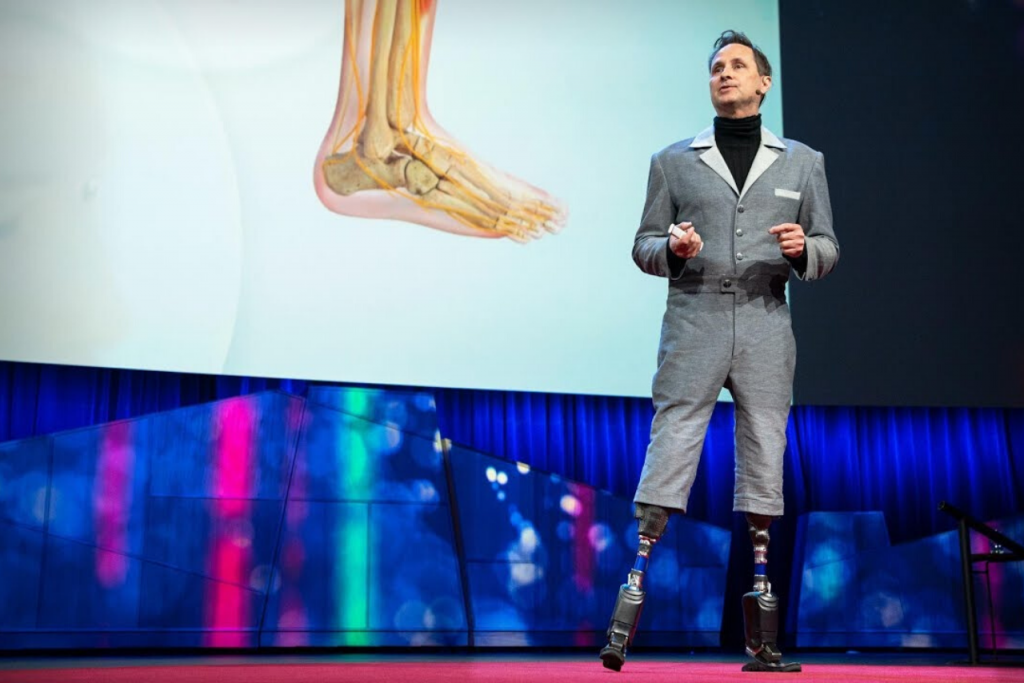
5. Exoskeleton
An exoskeleton is intended to support or improve the body or specific limbs. Usually the limbs are still there, but the patient is unable to control them because of a nervous system disorder. Exoskeleton are used in the healthcare to restore bodily functions, and in domains such as business or the military to improve or enhance bodily functions.
Spinal cord lesion
When it comes to restoring bodily functions, think for instance of patients who can no longer move their limbs due to paralysis. A well-known example in The Netherlands is Ruben de Sain [link at the bottom]. In 2005, he suffered a spinal cord lesion due to a motorcycle accident. With a crowdfunding campaign he financed an exoskeleton for himself.
Ruben de Sain in an interview: ‘It makes me feel much fitter. I’m not sick as often as I was before and I’ve also had much fewer back pains since I used the suit. In the Netherlands, the Technical University of Delft is working on further developing the exoskeleton. Marissa de Baar, Project March: ‘We hope that in the future, we’ll be able to give people with a spinal cord lesion their full mobility back. The goal is that people will put on the exoskeleton underneath their clothes when they get ready in the morning, and are able to live a normal life.’
Business sector
The use of exoskeletons in the business sector is about improving and enhancing human functions. At the beginning of 2019, it was announced that Amazon is rolling out the so-called Robotic Tech Vest in warehouses in the United States [link at the bottom]. This is an electronic vest that is equipped with sensors, to prevent accidents with falling objects or with robots in the warehouse.
Car manufacturer Ford uses a different type of exoskeleton, aimed at supporting employees who work in the assembly of cars. This skeleton was designed by Ekso Bionics and provides the employees with a maximum of 7.5 kilos extra lifting capacity.
The army
When I think about the use of exoskeletons, it’s mainly images from movies like Elysium and Edge of Tomorrow that come to mind. In these science fiction movies, soldiers wear exoskeletons to run faster, move around for a longer time or jump higher. That might actually not be such a futuristic vision.
DARPA is the innovation agency of the U.S. Army. Together with manufacturers such as Lockheed Martin, they’re working on exoskeletons that support soldiers in their lifting power [link at the bottom]. They mainly focus on supporting the leg muscles, which relatively speaking are used much more often than the muscles in the upper body.
Combination with BCI
On a personal level, I am very interested in the combination of bioelectronics with prostheses and exoskeletons. DARPA’s N3 programme, which stands for Next Generation Nonsurgical Neurotechnology, is looking into the possibilities of reading and interpreting brain signals. Now, brain-computer interfaces are being used to help patients to move or communicate. In a military setting, this could be used to control machines, aim for a target and even fire guns.

6. Genetic modification
DNA strands are the building blocks of life. At the moment, we are already capable of using gene therapy to cure deadly diseases caused by a defect in one specific gene. In the future, we might also be able to analyze and edit genes in order to enhance ourselves.
In his wonderful book The Answers to the Big Questions, the late Stephen Hawking writes that ‘we are entering a new phase of what we may call self-designed evolution, in which we are able to change and improve our DNA.’ In the first instance we will do this for genetic disorders. But he foresees that despite regulation, there will be people who want to use this technique to improve themselves physically or cognitively.
We are entering a new phase that we may call self-designed evolution, in which we are able to change and improve our DNA.
Stephen Hawking
Despite laws and regulations, there will be people who cannot resist the temptation to improve themselves, such as better memory, disease resistance, and lifespan.
Hawking expects that with the rise of these super people, political problems will arise with non-improved people who cannot compete with the newcomers. The non-improved people will become extinct or no longer matter. ‘Instead, a self-designed race of people is emerging that will improve themselves with ever-increasing speed.’
I made a vlog about genetic engineering in humans:
Designer babies
What if we don’t necessarily want to be superhumans ourselves, but we do want to create them? A term that is often cited by media outlets these days, is ‘designer babies’. This refers to parents selecting the best possible embryo when conceiving a child.
In a way, this is already happening right now, through something called ‘amniocentesis’. Amniocentesis is a prenatal test that assesses whether a baby has chromosomal abnormalities, such as Down’s syndrome. In the United States, this process is already being taken one step further. An American company called Counsyl offers the possibility to do a full prenatal screening, which also detects any mutations of the BRCA1 and BRCA2 genes [link below]. Mutations of these genes are associated with a higher risk of developing breast cancer.
Go further?
So what if we, as humans, would go one step further? Imagine if we wouldn’t just use these developments to eliminate certain diseases, but to specifically select desirable genetic characteristics and traits in our offspring. For instance, selecting our children’s biological sex, their physical traits – such as length and disposition to obesity – or cognitive skills such as intelligence and memory.
That could lead to a scenario like the one in the science fiction movie Gattaca. In this movie, the ‘valids’ are people who are born with enhanced and superior genes; they hold the best jobs in society and have the highest quality of life. There is a big disparity with the ‘invalids’, those who are conceived naturally and without any genetic enhancements – they are doomed to a life of inferiority and poverty.
In today’s society, we are already facing huge challenges with regard to social and economic inequality. What if only the rich will be able to carry out embryo selection or genetic modification? That would only amplify the inequality gap.
If you want to know more about human genetic enhancement, I wrote an article about this theme on my blog:
7. Pharmaceutical
Pharmaceutical companies are gaining more and more insight into the efficacy of various medications and supplements. Apart from moving away from a ‘one size fits all’ approach and moving towards personalized medicine, we’ll also increasingly start using pills in order to boost or upgrade ourselves.
Taking health supplements or nootropics – pills that enhance your cognitive skills – is a well-known example of this. But you can also think of pharmaceuticals that impact your morality or emotional state. On my blog I have written an article about human enhancement drugs:
A list with resources
Reading list
These are related articles:
- What is human enhancement?
- What is human enhancement research?
- What are the ethics of human enhancement?
External links:
Technology: bioelectronics
- Website Jens Naumann
- Article speech computer Hawking
- Article Eagleman
- Company Neosensory
- Website Berger
- Article pilots using neurofeedback
- Article optogenetics
- Article Salvage 1
- Article Neuralink
- Website Neuralink
- Research Nicolelis
- Article brain signals people to rats
- Article brain signals people to people
- BrainNet website
- Website Kernel
Technology: bionics
- Website Centre for Extreme Bionics
- Article about Marcus Rehm
- Article about Jason Barnes
- Website Oscar Pistorius
- Article bionic drummer
- Website Tilly Lockey
- Website Samantha Payne
- Interview Samantha Payne
Technology: exoskeleton
- Website Project March
- Article exoskeleton Amazon
- Article exoskeleton Ford
- Article exoskeleton DARPA
- Article BCI DARPA
Section: medicine
Please contact me if you want to invite me to give a lecture, presentation or webinar at your company, at your congress, symposium or meeting. Or if you want to book a session with me as an expert consultant on this area: hire me!
What do you think about current and future human enhancement technologies? Leave a comment!



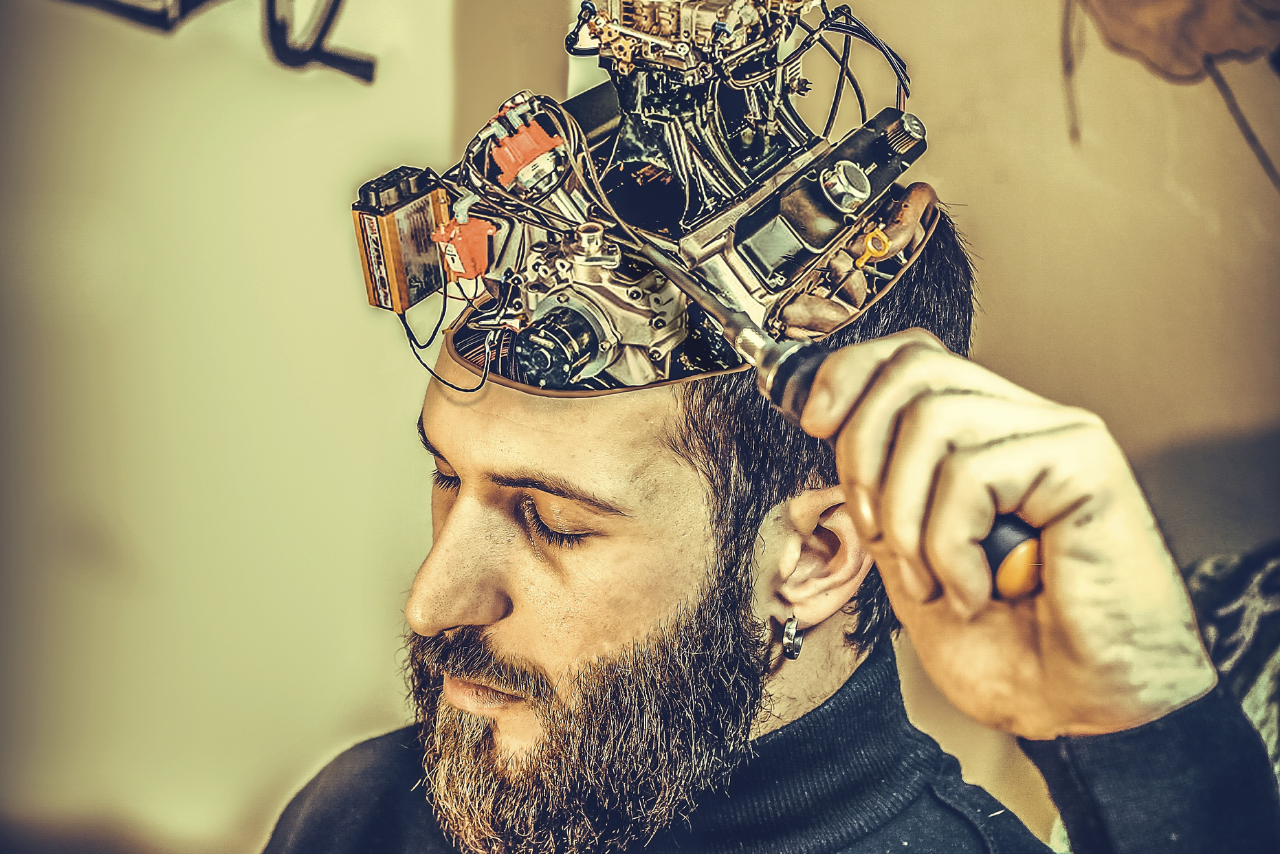
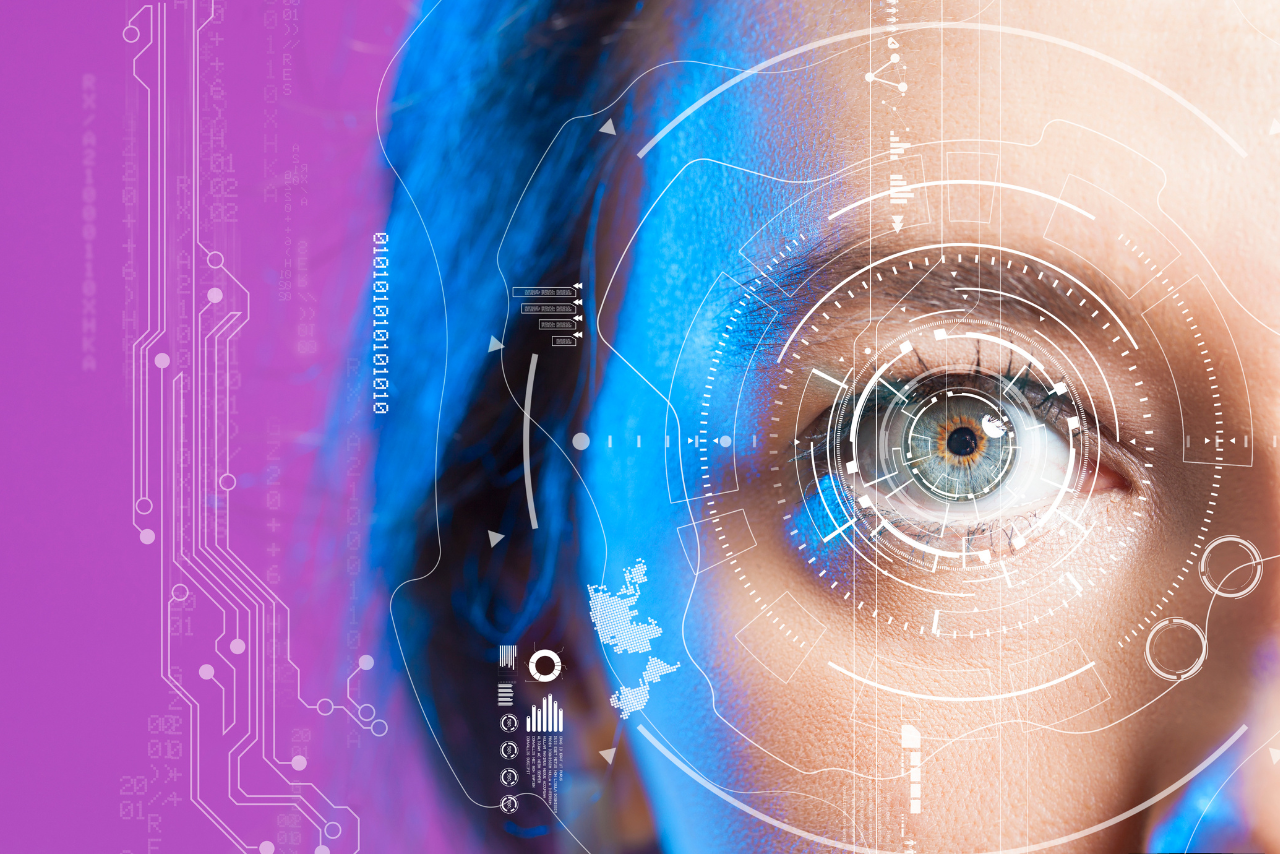
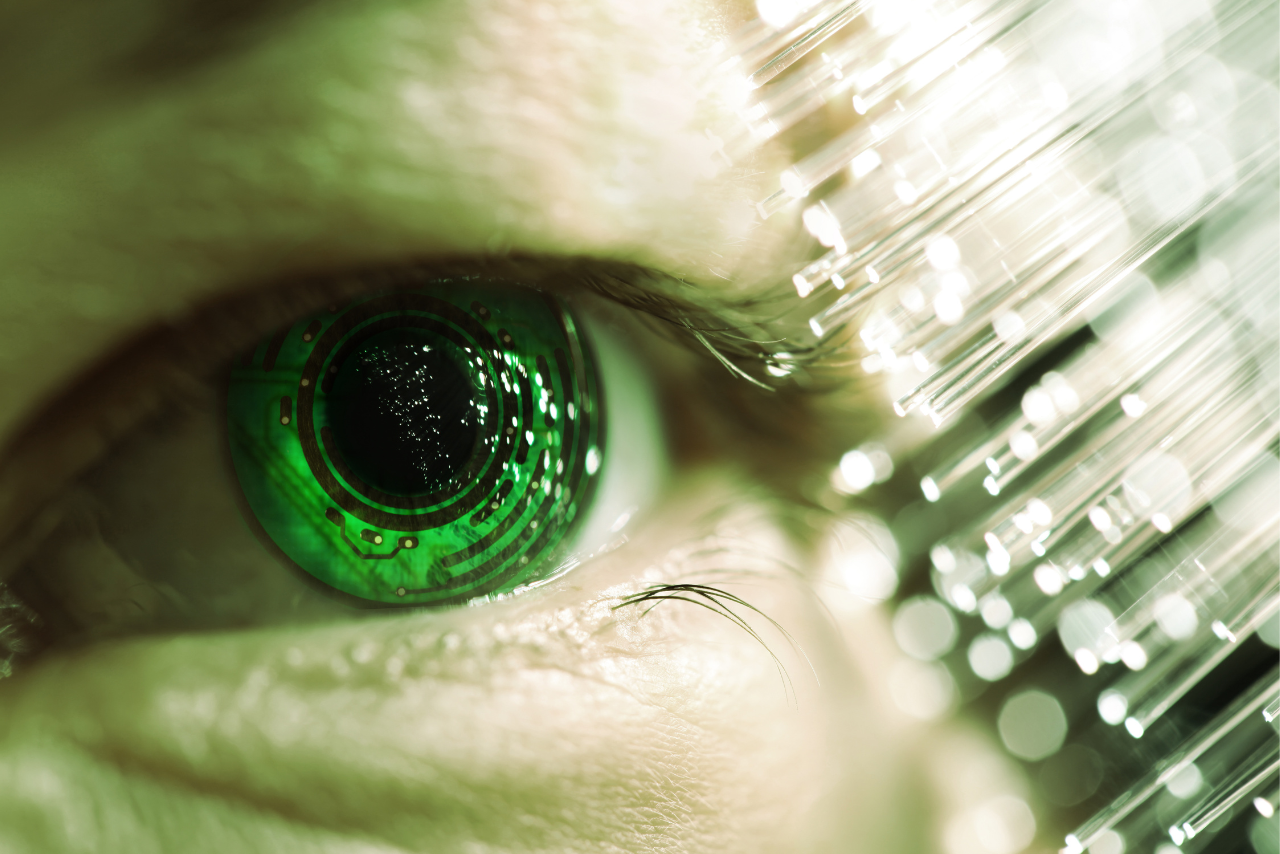
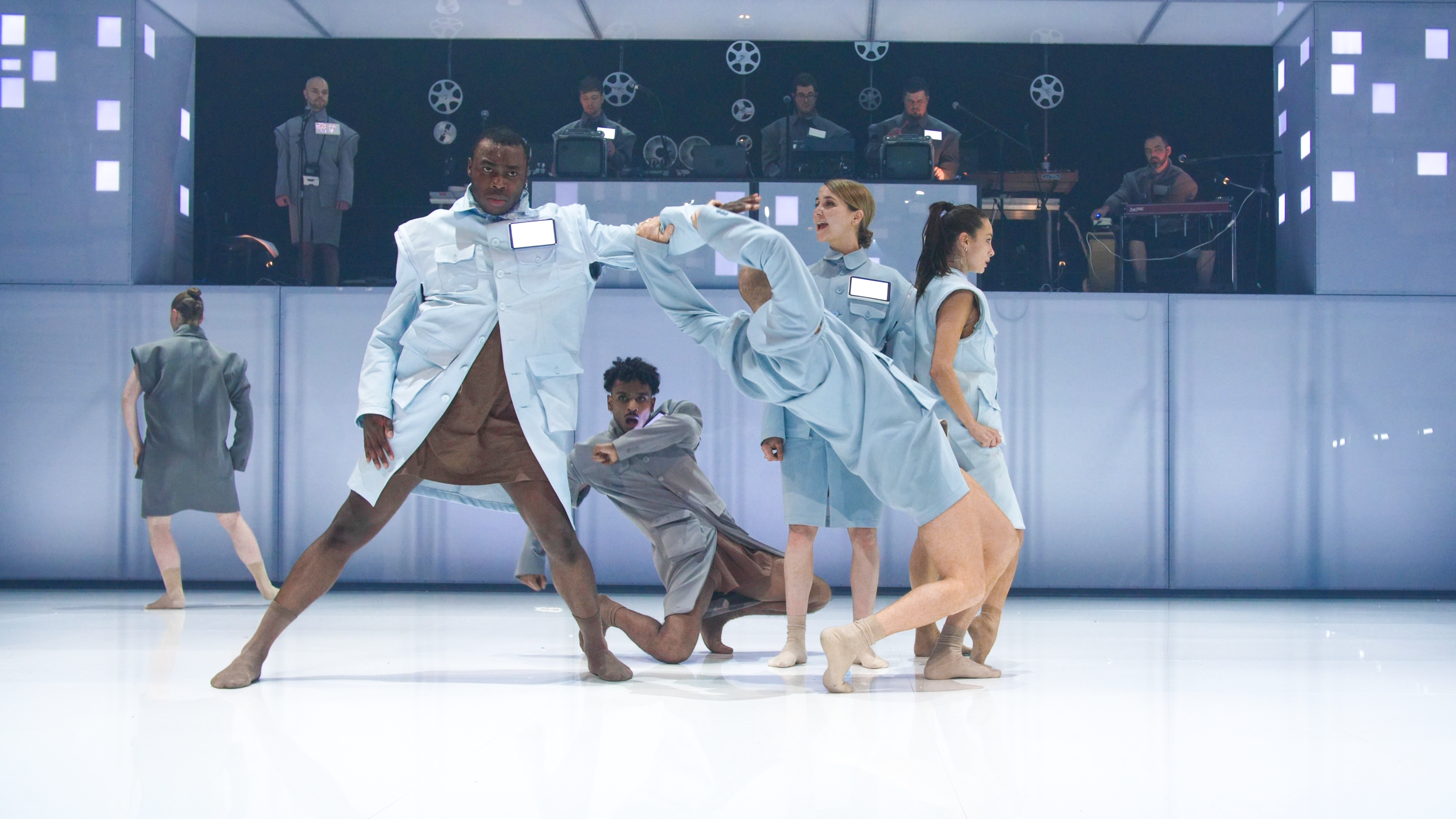
The technology and the enhancement and the information on this blog is really accurate and valuable. Subscribed your blog.
The human enhancement technology information that you have shared with us is really informative and helpful. Thanks for the valuable information on this topic. Subscribed your blog.